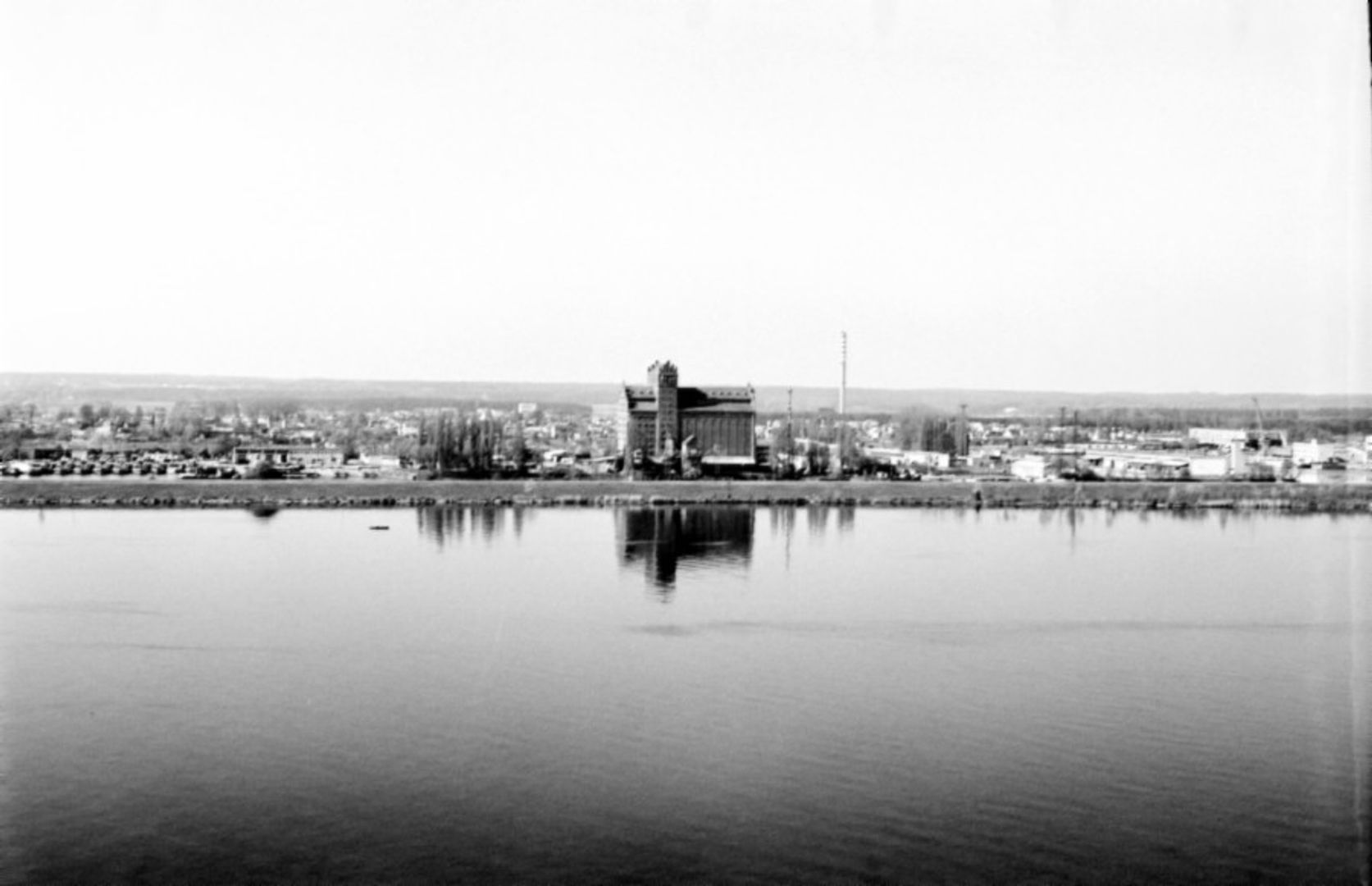Radziwie
6.77

Overview
Radziwie, a district in Płock, boasts a rich history dating back to the Middle Ages. In the past, it was an ecclesiastical village owned as a prebend by the Płock Cathedral Chapter. In the 16th century, it gained importance as a trade and craft center with a river port. Radziwie was also home to a defensive manor of Palatine Władysław Herman and a brick chapel of St. Benedict, served by Benedictine monks. In 1923, the village was incorporated into Płock. Radziwie has experienced numerous floods, some of which, particularly in 1982, led to the relocation of residents. The district is home to the Parish of St. Benedict and a 19th-century Roman Catholic cemetery. In terms of sports, the football club Stoczniowiec Płock, with its long-standing tradition, is a notable institution, its greatest achievement being participation in the third league. Radziwie also features well-developed transport infrastructure, with intersecting national and regional roads. The district includes the family allotment garden "Złote Piaski" and the former Municipal Power Plant from 1928. Residents of Radziwie use distinctive names for their lands, reflecting local geographical and cultural features. Names such as Wiszpole, Persja, or Psia Górka showcase the community’s rich history and traditions. Radziwie is also an educational hub, with a kindergarten, primary school, and a school complex. The district is an important part of Płock, blending history with modernity and rich cultural traditions with dynamic social life.
Location
City
Gąbin Deanery
Tertiary Administrative Division
Łąck
County
Płock County
State
Masovian Voivodeship
Country
2025 Wizytor | All Rights Reserved